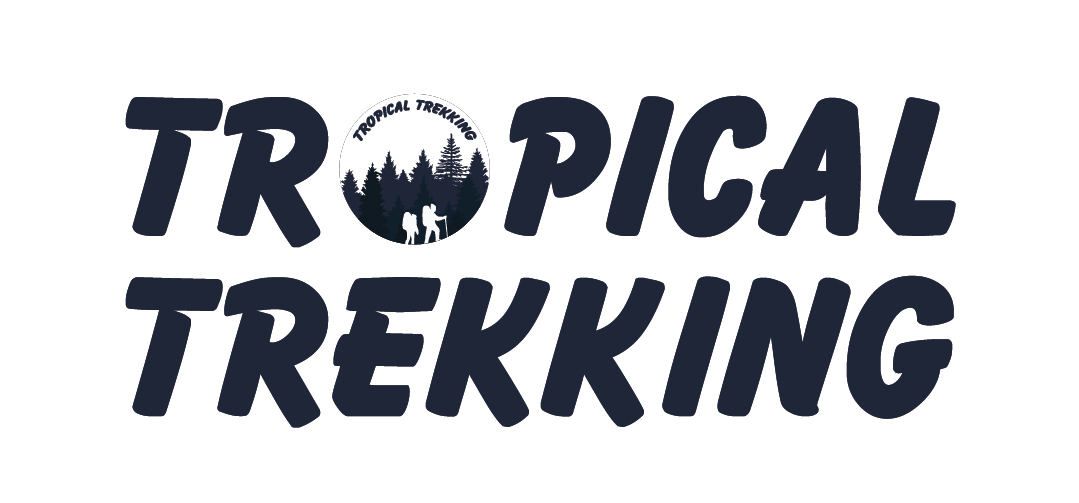GO TREKKING, WHICH SHOES TO WEAR?
GO TREKKING, WHICH SHOES TO WEAR? - That is the biggest question asked by Tropical Trekking's companions.
Basically, trek shoes have been professionally and securely developed and manufactured for users throughout the world. "However, it is also quite simple to identify "this friend":
GO TREKKING, WHICH SHOES TO WEAR? - That is the biggest question asked by Tropical Trekking's companions.
Basically, trek shoes have been professionally and securely developed and manufactured for users throughout the world. "However, it is also quite simple to identify "this friend":
A. Distinguish between jungle trek shoes and other types.
- Hard sole shoes: all tough. With all kinds of complex terrain, the goal is to protect your feet: rocks, thorns, even cat-ear stones or cut-off bamboo... In addition, 5-10 mm high shoe spikes are also a distinguishing factor.
- The shoe's toe and heel are well wrapped to avoid collision with the above factors.
- Middle neck: Shoes are typically divided into several types: low neck (~4 inches), middle neck (~6 inches), high neck (~8 inches). The high one is hot, while the short one should be professional, otherwise flipping the ankle will happen, not to mention that the ankles can be hit by the sudden tiny bushes and roots in the jungle. Therefore, a pair of middle neck shoes is often a choice to protect both ankles.
- Airy material: The foot also needs "breathing" to operate for a long time. The landscape of grassy hills, thick forests, floods, even rivers... In a day of trekking, to make feet more comfortable, shoes need to have airy materials.
B. Inconveniences:
In fact, after all, the types of shoes designed for tropical forests by European researchers and manufacturers are mostly available to the people of that continent: tall, large, so that the weight of the shoes is also quite large, 800g-1.2kg on average per unit. For someone who weighs 90-100kg, 800g-1.2kg wouldn't be an issue, but for a 50-70kg it does. This is also quite significant because it is like wearing two dumbbells on your leg if you move for a long time.
Most of you, in particular, like dry feet when you move, so you're going to buy waterproof shoes, but once the water spills in, how is it going to escape?
The smoother the shoe is, the more difficult it will be to dry quickly, because of the smooth and comfortable design.
C. Requirements:
A perfect shoe, of course, will have to satisfy consumers with the most reasonable factors. But, there are clearly a lot of opposing conditions in the tropical rainforest: wetness, flooded water, hard rock, soft soil, slippery and steep slopes... So it's more important to choose the criteria than what to do first.
With 2TR shoes, we should focus on:
1. The finest adhesion
2. The fastest dry rate
2. The mildest feeling

Having used Army jungle boots, Merrel, Jack Wolfskin, Vibram, The North Face, Salomon, even canvas shoes from the Vietnamese army,… the guides of Tropical Trekking finally chose Vietnam-made rubber boots for Vietnamese farmers.
And you, what are you going to pick for yourself, and according to what criteria?

